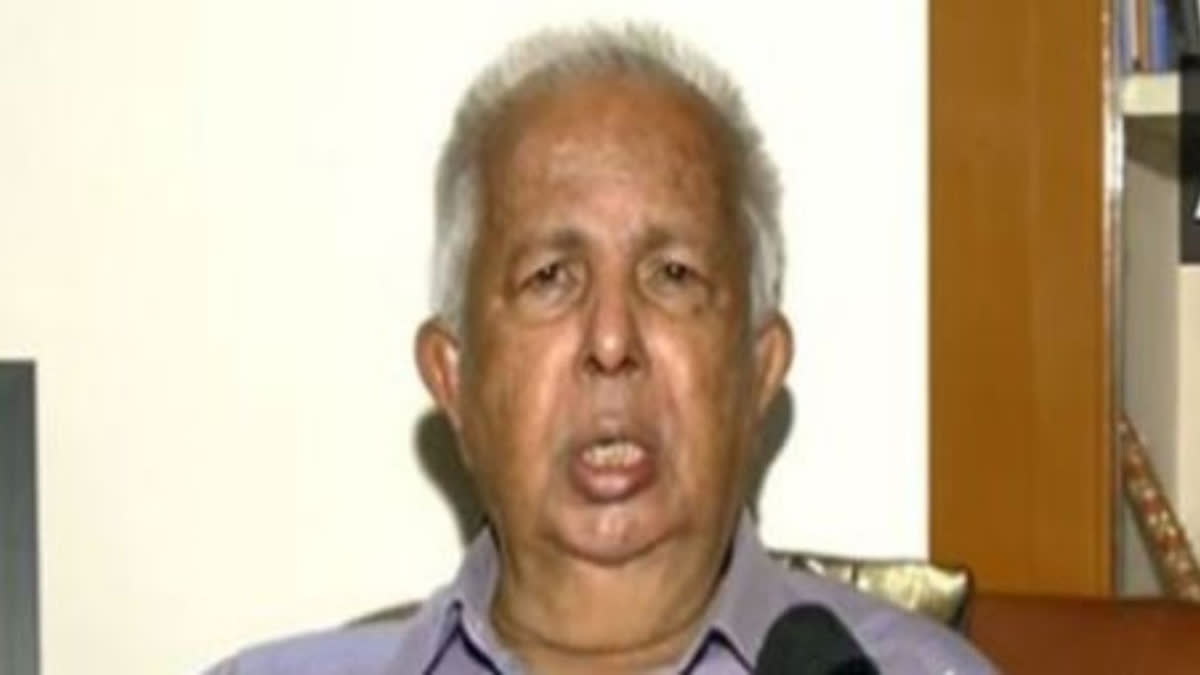Thiruvananthapuram (Kerala) : Ahead of the second phase of the lunar mission of Chandryaan-3, former Indian Space Research Organisation (ISRO) Chairman Madhavan Nair has said that there is a fairly good chance that the system will be operational again despite the extremely cold temperature on the moon’s surface.
"Vikram Lander and Pragyan Rover have been in deep sleep for almost two weeks now. It is almost like taking out something from the freezer and then trying to use it. The temperatures would have gone beyond -150 degrees Celsius,” Nair said.
ISRO is gearing up to wake the Vikram lander and Pragyan from the ‘sleep mode’ to face the sun’s rays after they were put into after having completed their set tasks. The Vikram lander of the Chandrayaan-3 mission had touched down near the south pole of the moon on August 23 in a historic landing. The former ISRO chairman said there is a fairly good chance that the system will be operational again.
“At that temperature how the batteries, the electronics and the mechanism survived is really a concern. Of course, adequate tests have been done on the ground to establish that it will work even after such conditions. But still, we have to keep our fingers crossed,” the ex-ISRO chief said. He further said, “The solar heat will warm up the instruments and also recharge the batteries. If both these conditions are successfully met, there is a fairly good chance that the system will be operational again.”
He also asserted that if the lander and rover activate successfully then it will help to collect more data from the lunar surface. “Once it comes to operation it is quite possible that we can move around for some distance over the next 14 days and collect adequate data, more data on the surface conditions on the Moon near the South Pole,” Nair said.
Also Read : Indus water row: India, Pakistan attend Neutral Expert proceedings at Vienna
Meanwhile, former ISRO scientist Tapan Mishra said that even if the rover fails to revive and the lander works, it will be a miracle. "Originally the Chandrayaan lander rover was designed for only 14 days of operation. It is expected that the temperature will go down to -140 degrees Celsius or lower, in the Southern pole it can reach down to -200 degrees Celsius. At this temperature, no plastic material, no carbon power material or no electronics can survive. They will crack. But I'm hopeful that ISRO must have done a lot of thermal management thing,” Mishra said.
He further said, “If they are successful in the thermal management, if ISRO's design becomes successful, then tomorrow when the lunar daytime starts then all payloads in the lander and the rover may start working. Even if the rover doesn't work and the lander works, it will really be a miracle.” (ANI)




